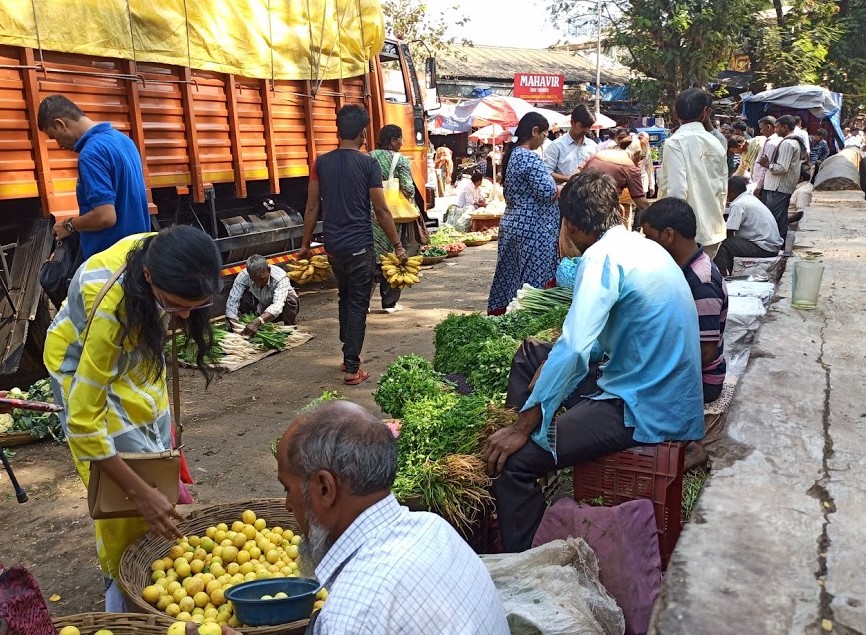
India’s retail inflation has crossed the Reserve Bank of India’s upper band target of 6%, with an alarming 207 bps jump in May relative to April 2021.
Retail inflation, measured by the Consumer Price Index (CPI), hardened to a six-month high of 6.3% in May. “The 1.6% month-on-month uptick in the CPI in May 2021, which saw widening state level restrictions, is nearly as high as the 1.9% hardening seen in April 2020 during the nationwide lockdown, testing the assumption that supply disruptions have been limited in the second wave,” said Aditi Nayar, chief economist at Icra.
Inflationary pressures are evident in certain food components like edible oils and protein items and increases in retail fuel prices. Selected non-food categories like medical inputs and hospitalisation costs rose this quarter in the midst of the second coronavirus pandemic wave. Core CPI (ex-food, fuel, transport, precious metals) also rose to 5.2% year-on-year versus 4.2% in the previous month.
“The core inflation recorded a massive 1.5% month-on-month uptick in May 2021, higher than the 1.0% rise in April 2020 amidst the lockdown. As a result the core-CPI inflation rose to an 83-month high 6.6% in May 2021, and is expected to remain above 5.0% throughout FY2022,” said Nayar.
CPI inflation has breached the upper bound of the inflation target range about 10 times since the first meeting of the Monetary Policy Committee (MPC), which decides the key interest rate, in October 2016.
The government has asked the Reserve Bank to keep the retail inflation at 4% with a margin of 2% on either side.
“This outcome complicates the direction of monetary policy. However, the RBI is likely to stick with the US Fed’s playbook on opting to pin this spurt on transient cost-push pressures and stay focused on the negative output gap, amidst weak demand impulses and likelihood of soft real wage growth. Policy normalisation expectations are likely to be increasingly priced in as vaccination approaches critical mass in the first half of 2022,” said Radhika Rao, economist and senior vice president at DBS Singapore.
According to the May CPI data released by the National Statistical Office (NSO), the rate of price rise in ''meat and fish'', ''egg'', ''fruits'', and ''pulses and products'' stood at 9.03%, 15.16%, 11.98% and 9.39%, respectively.
The rate of price rise in the ''fuel and light'' category accelerated to 11.58%.
Nayar expects the CPI inflation may temper to around 6% in the current month due to the phased unlocking of the states.
“We have raised our forecast for the FY2022 average CPI inflation to at least 5.4%. However, we believe the MPC will demonstrate a high tolerance even if the average CPI inflation ranges between 5.5-6.0% in FY2022, given the uncertainties regarding the growth outlook. Therefore, we continue to expect a status quo on the repo rate and a continuation of the accommodative stance through 2021,” Nayar said.
Wholesale price index
The wholesale price-based inflation too soared to a record 12.94% in May due to rising prices of crude oil, manufactured goods and the low base of last year due to the Covid-19 lockdown.
In May 2020, the wholesale price index (WPI)-based inflation was (-) 3.37% and in April 2021, it hit double digits at 10.49%. This is the fifth consecutive month of rise in WPI inflation.
As per the WPI data, released by the Commerce and Industry Ministry, the wholesale inflation in fuel and power basket spiked to 37.61% during May, against 20.94% in April, amid hardening of global commodity prices.
In manufactured products, WPI inflation stood at 10.83% in May versus 9.01% a month ago.
However, the wholesale inflation in food articles eased marginally to 4.31% in May, even as onion prices spiked.
The rate of price rise in onion stood at 23.24% in May versus (-)19.72% in April.
“The continued rise in global crude oil prices, a weaker rupee and the upward revision in domestic fuel prices remain risk factors for the upcoming WPI print. However, we expect the headline WPI inflation to recede modestly to 11.9-12.3% in June 2021, as the base starts to normalise,” said Nayar.
